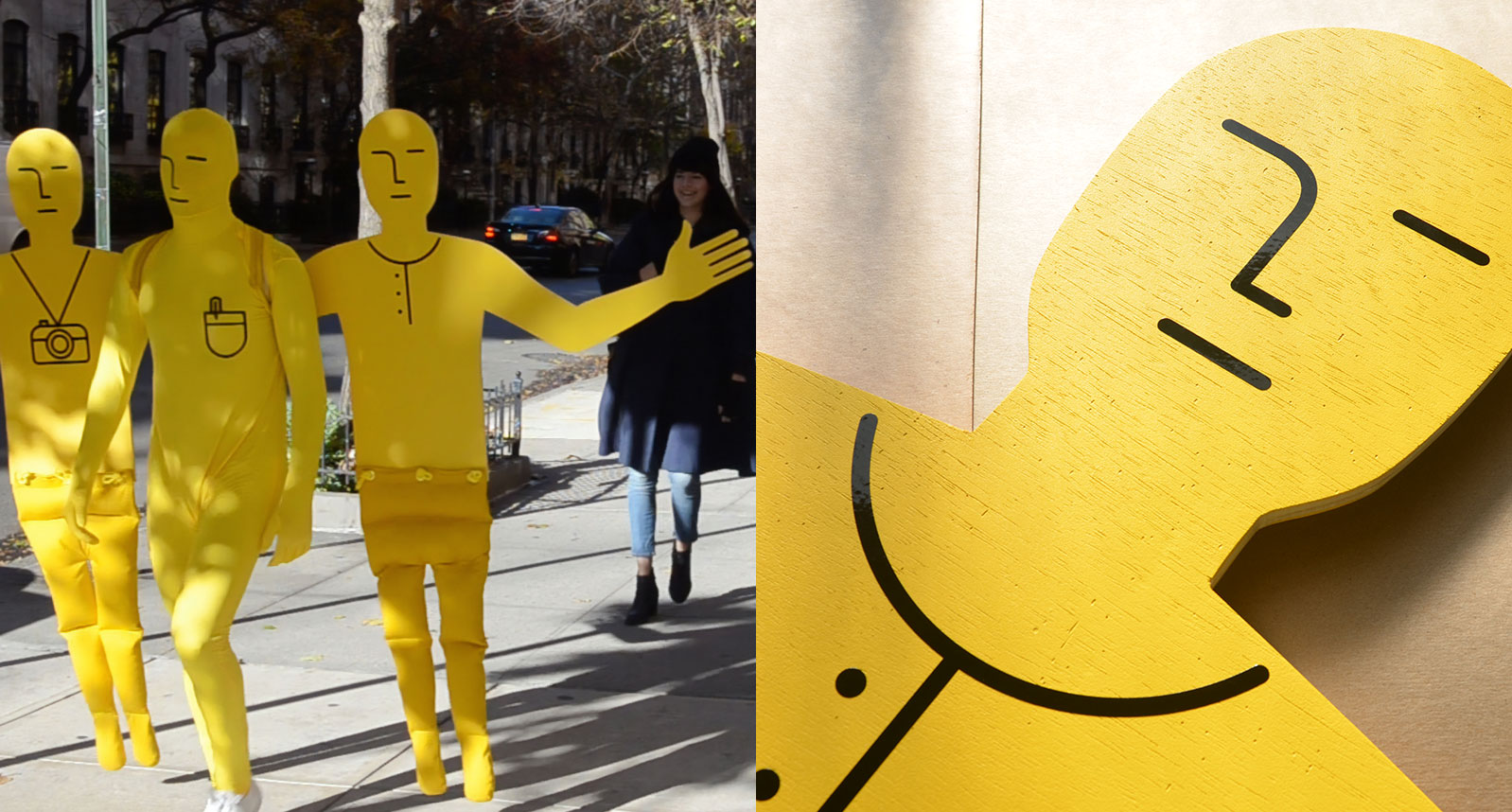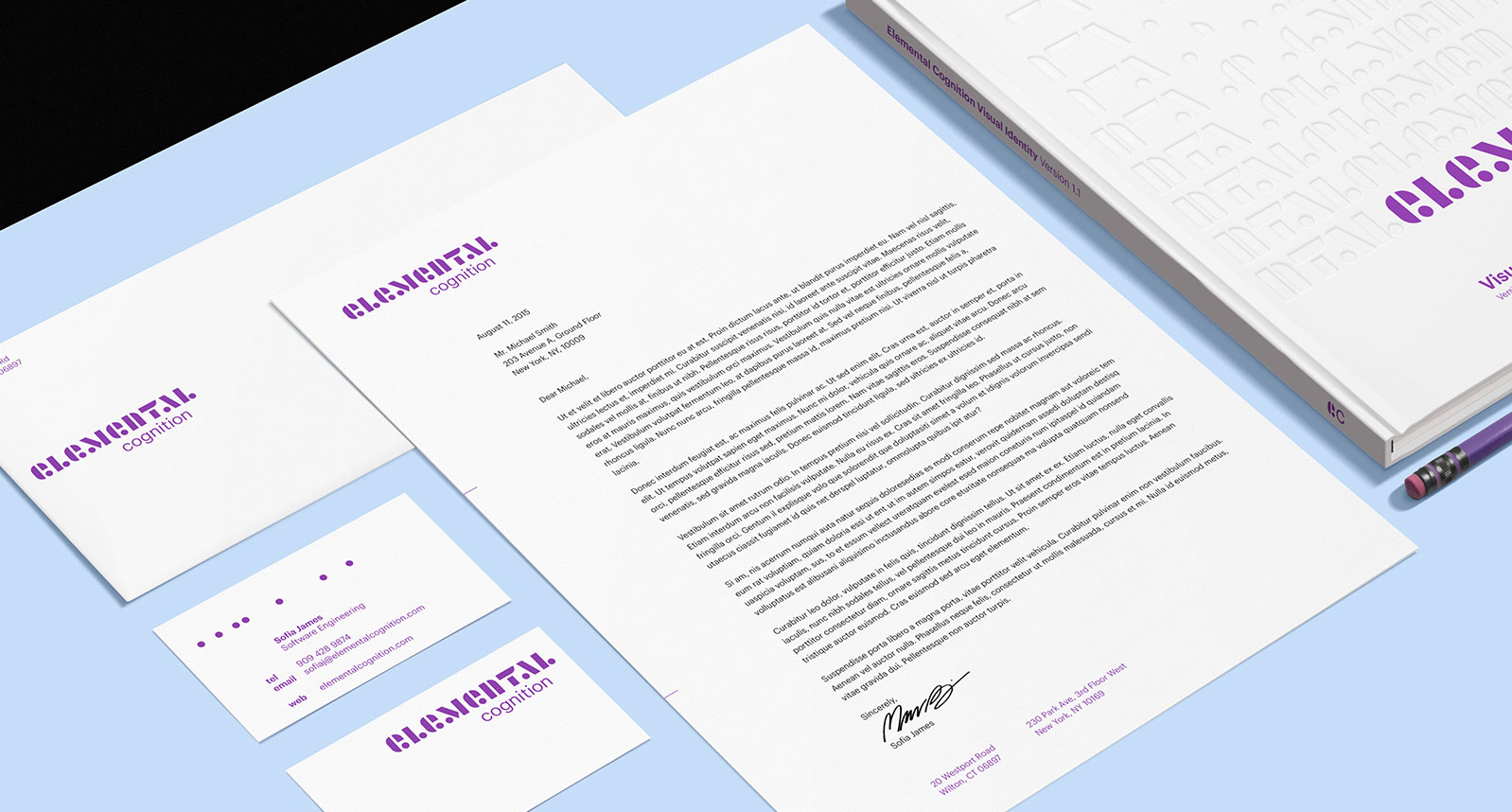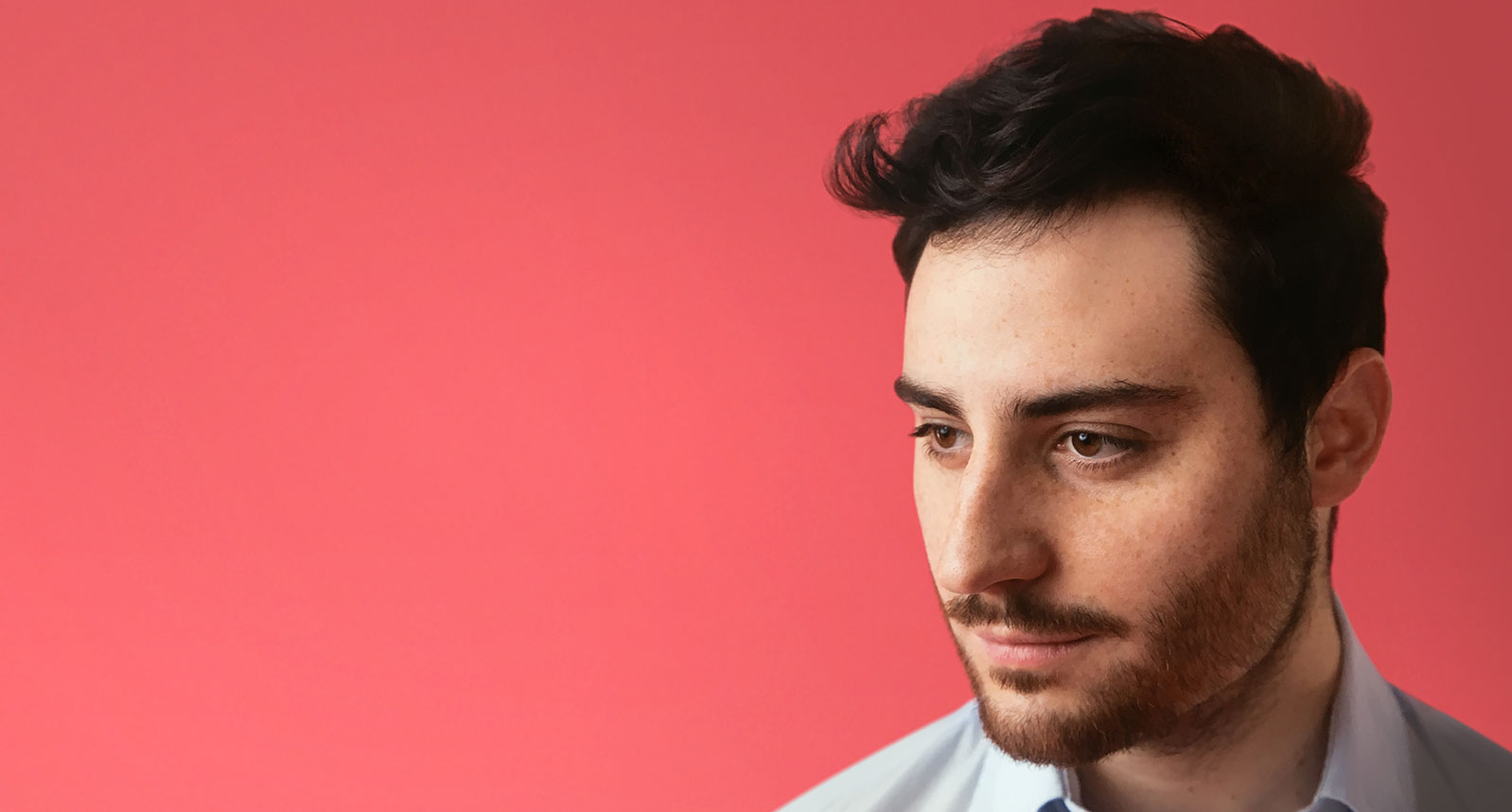Alumni Spotlight: Felipe Garcia
Felipe Garcia is currently the Lead Visual Designer at Runyon, a design and innovation firm based in Brooklyn. We caught up with the Class of 2015 Alum to learn about his latest work on user-centered products, services, ventures, and experiences.
Tell us a bit about your experience working at Runyon.
I’m part of a team of designers and strategists that partners with growing companies to design products, experiences and ventures. It reminds me a lot of the program. My job involves absorbing what people want and think, creating prototypes to get reactions, crafting visuals to present insights and opportunities, and designing products informed by everything we’ve learned. It’s fast work, but really great.
What are some of your recent, favorite, most challenging, or most interesting projects?
A while ago I got to work with David Ferrucci, who built and led the team behind IBM Watson, doing naming and brand identity for his new company ‘Elemental Cognition’. I felt that this work was great because, with the current boom in all things AI, this company offers a fresh and realistic approach. Their objective is to literally teach artificial intelligence to learn with people through continuous collaboration.
A more recent project that also involved branding and visual identity was Aperture Investors, which became public last week. This is a new asset management firm founded by Peter Kraus that promises performance-based pay, and fees only if it beats the market. Aperture is a pretty suggestive name and hard to visually dissociate from a traditional camera’s aperture. At the same time, we were using qualities that had to do with light passing through a lens and focus. So it took many design iterations until we were satisfied with the symbol.
We love learning what inspires our students and alums. For Felipe, inspiration seems to stem from his particularly inquisitive nature.
How do you stay inspired?
I read, hear people’s stories, listen to podcasts, watch tons of movies and go places to see art. I basically try to keep myself active and interested about a bunch of different topics in order to stay inspired. Interesting enough, music and graphic design motivates me to produce more, but I guess this is a different kind of inspiration.
Which designers do you admire most nowadays?
I think Kenya Hara has an admirable view on design. It is both wise and philosophical. Also, I really like the work of Celso Longo and Daniel Trench from CLDT, Tony Brook from Spin, and Paula Scher.
Finally, we hoped to learn what insight Felipe could offer now that he’s spent some time outside of the program. For future students, this perspective can be invaluable.
What advice would you give incoming students?
My advice is to be open minded. Ideas are commodities and sometimes you are so convinced that your have a good one that it will prevent you from exploring its full potential. Start with something small, ask people what they think, and test as much as you can. Let the insights be your guide.
What is your favorite part of the MFA Design program?
My classmates were from 14 different nations, maybe 19 if I consider the folks from 2014. So I can basically travel the world and I’ll have a place to stay. The MFAD community is definitely my favorite part of the program, faculty included.
Did our program’s multidisciplinary approach help you?
It strengthened my ability to apply good design beyond graphic design. It made me more flexible. I’m convinced that good designers can do different things and are good improvisers.
What impact has SVA MFA Design had on your career?
Huge impact. After graduation I had the opportunity to work at OCD with Bobby and Jennifer (’03) for a couple of months, and eventually at Runyon with MFAD faculty Anthony D’Avella as employee number one. Besides opening doors for me, the MFAD put me in contact with people that made me more thoughtful about what I design and the impact of my work on other people’s lives. I’m definitely more gutsy now.
If you could choose a thesis topic today, what would you pick?
Slow tech is something that really excites me! How can we improve and simplify certain aspects of our lives rather than replace them? Technology is not just about performance and should be more connected to our humanity. Is this my new venture?
To learn more about Felipe, we encourage you to visit runyon.io and look him up on LinkedIn. His personal website is felipegarcia.co, where he welcomes SVA MFAD prospectives, current students, and alums to reach out.




